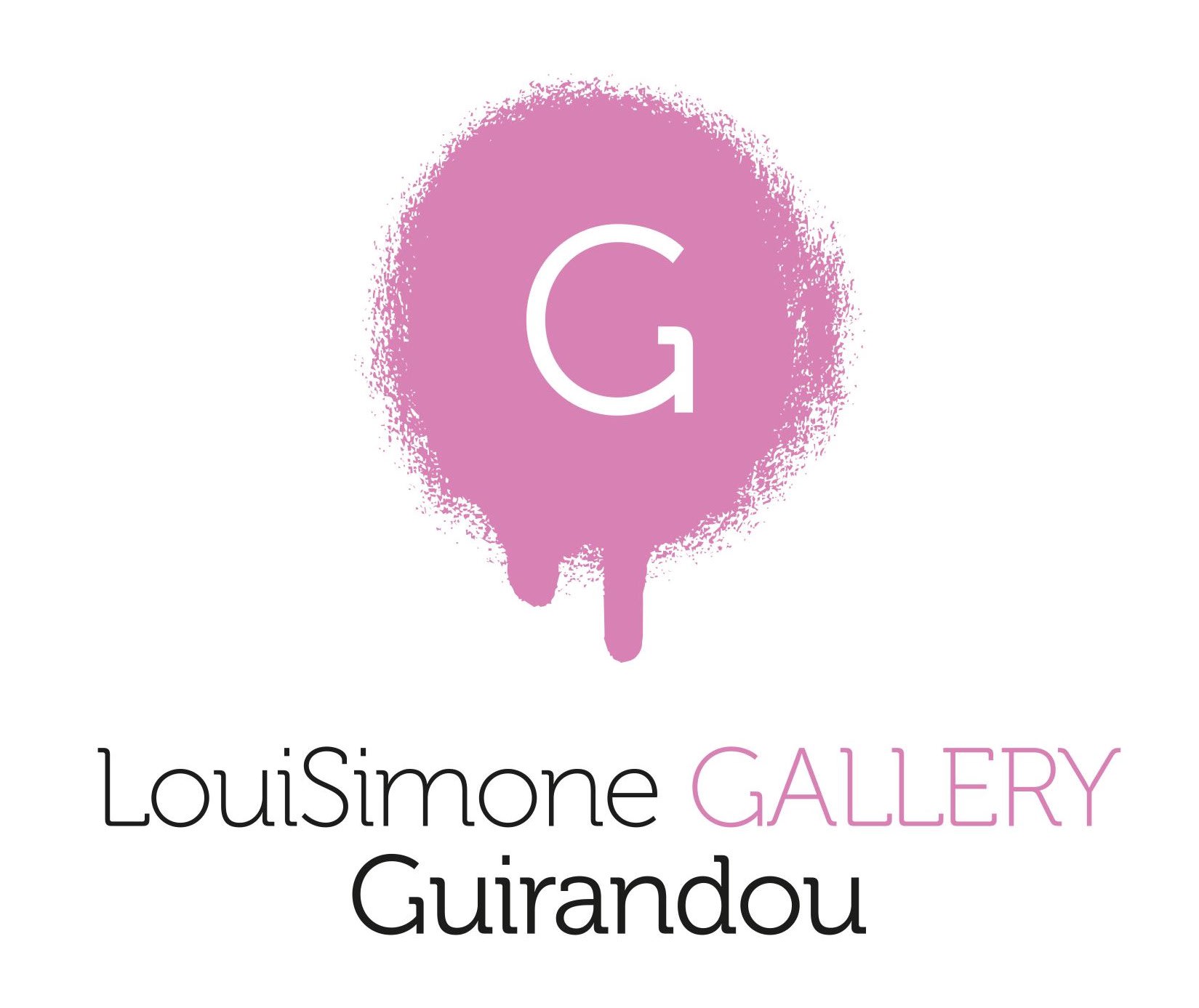Pedro Pires has been exploring dislocated national identity, migration and human rights for over 10 years. He is concerned with issues of identity and stereotypes in direct relation to education, history and institutions. A particular interest that comes from his dual cultural background, African and European.
Born in Luanda in 1978, Pedro Pires holds a Master's degree from the Faculty of Fine Arts at Central Saint Martins College of Design (London - United Kingdom). He lives and works between Luanda (Angola) and Lisbon (Portugal).
In his work, which includes sculpture, drawing, photography, video and installation, Pedro Pires has been exploring the sense of dislocated national identity, migration and human rights for over 10 years. He is particularly concerned with issues of identity and stereotypes in direct relation to education, history and institutions. A particular interest that comes from his dual cultural background, African and European. His sculptures and installations have a strong relationship with the human body and anthropomorphic volumes.
His approach in the realization of works on paper is similar to the realization of sculptures with his "interventions on paper", using grinders or soldering iron leaving anthropomorphic forms emerge from a partially destroyed material. The artist plays with the concepts of destruction and reconstruction in parallel with the ways in which identity is shaped, negotiated and remade. He questions the human form, primarily his own, to address issues of displacement displacement, hyphenated identities and the concept of belonging.
Pires' sculptures incorporate a wide range of media, everyday utilitarian and mass-produced objects. The artist deliberately uses objects that belong to the everyday life of the cities where he exhibits, with the objective of creating a contrast between the usual use of these objects and the gallery or exhibition space. He brings out new figurative and conceptual meanings of identity in different societies. His sculptures represent this duality, a new armor, even a new identity for the bodies... By "humanizing" these objects, Pires intends to confront the viewer with his double, his doppelganger.
Pires also creates "faces" from metallic elements representing leaves, petals or flowers, used to decorate gates, fences and other barriers. These barriers become more attractive or invisible, belonging to the architecture. It is a question for him of playing on the contrast between the beauty and the decorative aesthetics and the function of this wrought metal which is to protect people from each other, and to separate them. Pires wants to rethink or redefine these metallic elements, using them in relation to the human body, imagining something like a skin covered with the beauties of nature.

